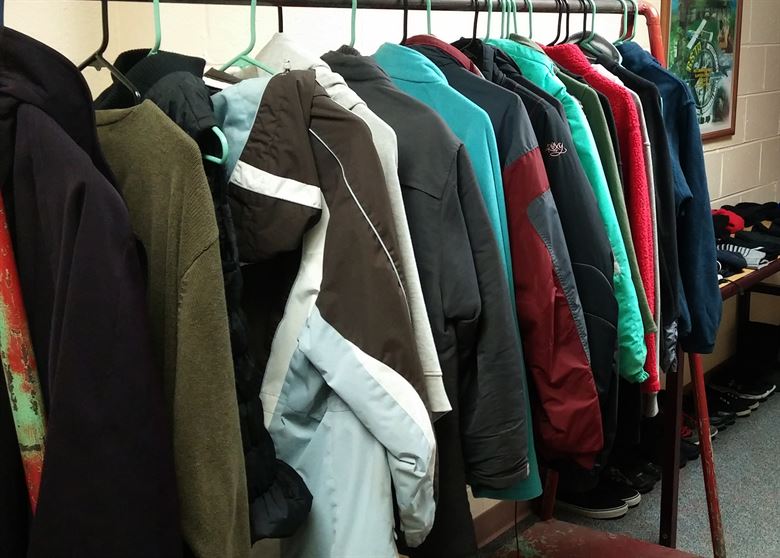An English secondary school has banned designer coats in an attempt to “poverty-proof” the school.
What it means: Teenagers at Woodchurch High School, near Liverpool, have something new to roll their eyes at: the school has banned them for wearing posh winter coats from brands like Canada Goose, Moncler and Pyrenex. (Average coat cost? Around £1,000). The school says the coat ban is part of its “poverty-proofing” program (it has already introduced a uniform school-bag to put a kibosh on designer versions). Poverty proofing means taking away barrier that stop lower-income students from learning or achieving as good results as their richer peers.
The school is right that poverty and poor grades are linked. Only a third of low-income students get five “good” GCSEs (i.e. above a grade C), compared to 60 percent of higher-income kids. And Woodchurch School is in Birkenhead, an area where 40 percent of kids live in poverty (the English average is less than half that). But why should the coat ban make a difference?
Well, according to the headteacher, kids that can’t afford the coats “feel stigmatised... left out... [and] inadequate”. And there’s plenty of evidence that low self esteem is linked to worse grades. Plus, it’s not like there’s no precedent for controlling what kids in the UK wear: 90 percent of English secondary schools insist their pupils wear identical school uniforms, partly because it is intended to erase any noticable difference between rich and poor kids. (Although there is criticism that the high cost of the uniform is itself a big strain on struggling families).
Read our explainer on socioeconomic class.

